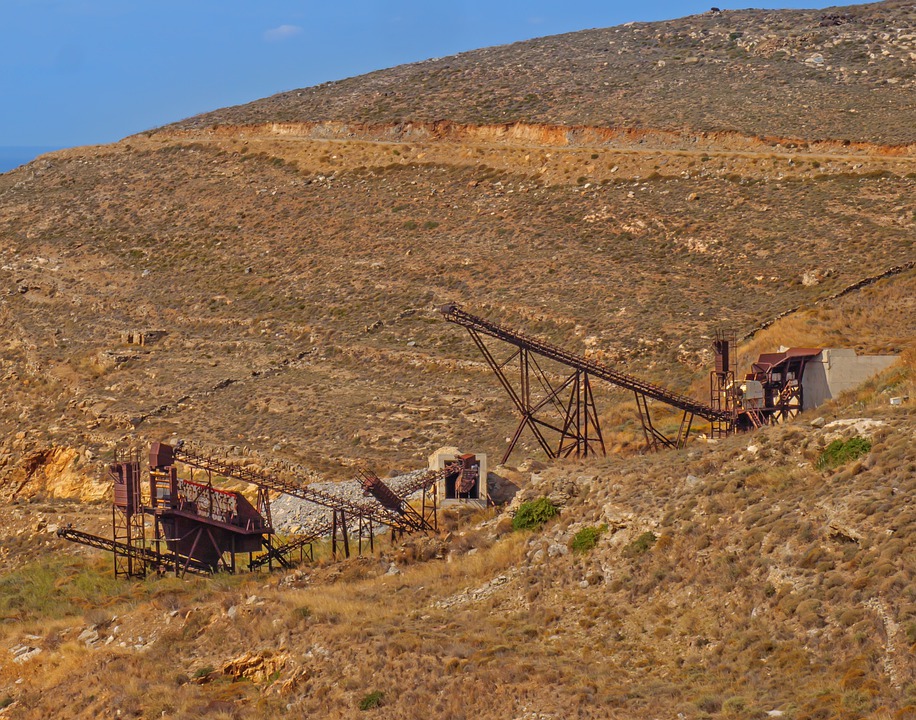
The Influence of Film Legacy on Modern Filmmaking Trends
Introduction
Film has always been a powerful medium for storytelling, entertainment, and artistic expression. Throughout the years, cinema has evolved and transformed in many ways, influenced by the works of iconic filmmakers and their innovative techniques. The legacy left behind by legendary directors, actors, and films has had a significant impact on modern filmmaking trends. In this article, we will explore how the film legacy continues to shape the world of cinema today.
The Legacy of Iconic Filmmakers
Some filmmakers have made a lasting impact on the world of cinema through their groundbreaking work and visionary storytelling. Directors like Alfred Hitchcock, Stanley Kubrick, and Akira Kurosawa have influenced generations of filmmakers with their unique style, techniques, and thematic explorations. Their films have become timeless classics and continue to inspire and challenge modern filmmakers.
Alfred Hitchcock, known as the “Master of Suspense,” revolutionized the thriller genre with films like “Psycho” and “Vertigo.” His use of camera angles, lighting, and sound design created tension and suspense in ways never seen before in cinema. Hitchcock’s influence can be seen in modern thrillers and horror films, where directors continue to experiment with innovative techniques to evoke fear and suspense in audiences.
Stanley Kubrick was a visionary filmmaker who pushed the boundaries of storytelling and visual aesthetics. His films like “2001: A Space Odyssey” and “A Clockwork Orange” challenged conventional narrative structures and explored complex themes like technology, society, and humanity. Kubrick’s meticulous attention to detail and technical precision have been emulated by modern filmmakers who strive for visual excellence and intellectual depth in their work.
Akira Kurosawa, a master of Japanese cinema, revolutionized the samurai genre with films like “Seven Samurai” and “Rashomon.” His dynamic camera work, epic storytelling, and humanistic themes have influenced countless filmmakers around the world. Kurosawa’s legacy can be seen in modern action films and historical epics, where directors continue to draw inspiration from his powerful narratives and visual style.
The Impact of Classic Films
Classic films like “Citizen Kane,” “Casablanca,” and “The Godfather” have become cultural touchstones that continue to resonate with audiences and filmmakers alike. These films have stood the test of time and remain relevant and influential in shaping modern storytelling and filmmaking techniques.
Orson Welles’ “Citizen Kane” is often hailed as the greatest film ever made for its innovative use of deep focus cinematography, nonlinear narrative, and complex character development. The film’s influence can be seen in modern biopics and character-driven dramas, where directors strive to create rich and engaging narratives that explore the human experience.
“Casablanca,” directed by Michael Curtiz, is a timeless romance set against the backdrop of World War II. The film’s iconic dialogue, memorable performances, and emotional resonance have inspired generations of filmmakers to create compelling love stories that transcend time and place.
Francis Ford Coppola’s “The Godfather” is a masterpiece of storytelling, character development, and world-building. The film’s epic scope, nuanced performances, and moral complexity have influenced modern crime dramas and family sagas, where directors aim to delve into the dark underbelly of society and explore themes of power, loyalty, and betrayal.
The Evolution of Cinematic Techniques
Advancements in technology and visual effects have revolutionized the way films are made and perceived by audiences. From the invention of sound in the 1920s to the rise of CGI in the 1990s, filmmakers have constantly pushed the boundaries of storytelling and visual aesthetics to create immersive cinematic experiences.
The influence of classic films on modern filmmaking trends can be seen in the way directors experiment with new techniques and technologies to enhance their storytelling. Directors like Christopher Nolan, Quentin Tarantino, and Guillermo del Toro have drawn inspiration from the works of iconic filmmakers to create visually stunning and intellectually challenging films that engage audiences on multiple levels.
Christopher Nolan, known for mind-bending narratives and innovative use of practical effects, has cited Stanley Kubrick as a major influence on his work. Films like “Inception” and “Interstellar” showcase Nolan’s commitment to creating visually striking and intellectually stimulating narratives that challenge audiences to think deeply about time, memory, and identity.
Quentin Tarantino, a self-proclaimed cinephile, pays homage to classic films in his work through references, visual cues, and genre blending. Films like “Pulp Fiction” and “Kill Bill” draw on the legacy of iconic filmmakers like Alfred Hitchcock and Akira Kurosawa to create a unique cinematic language that is both playful and provocative.
Guillermo del Toro, a master of fantasy and horror, has been influenced by the works of filmmakers like Orson Welles and Michael Curtiz. Films like “Pan’s Labyrinth” and “The Shape of Water” showcase del Toro’s artistic vision and technical prowess in creating immersive worlds and compelling narratives that resonate with audiences on an emotional level.
Conclusion
In conclusion, the film legacy left behind by iconic filmmakers and classic films continues to shape and inspire modern filmmaking trends. Directors, writers, and actors draw on the innovative techniques, thematic explorations, and visual aesthetics of their cinematic predecessors to create compelling narratives and immersive cinematic experiences that engage and challenge audiences. The influence of film legacy on modern filmmaking trends is a testament to the enduring power of cinema as a medium for storytelling, entertainment, and artistic expression.